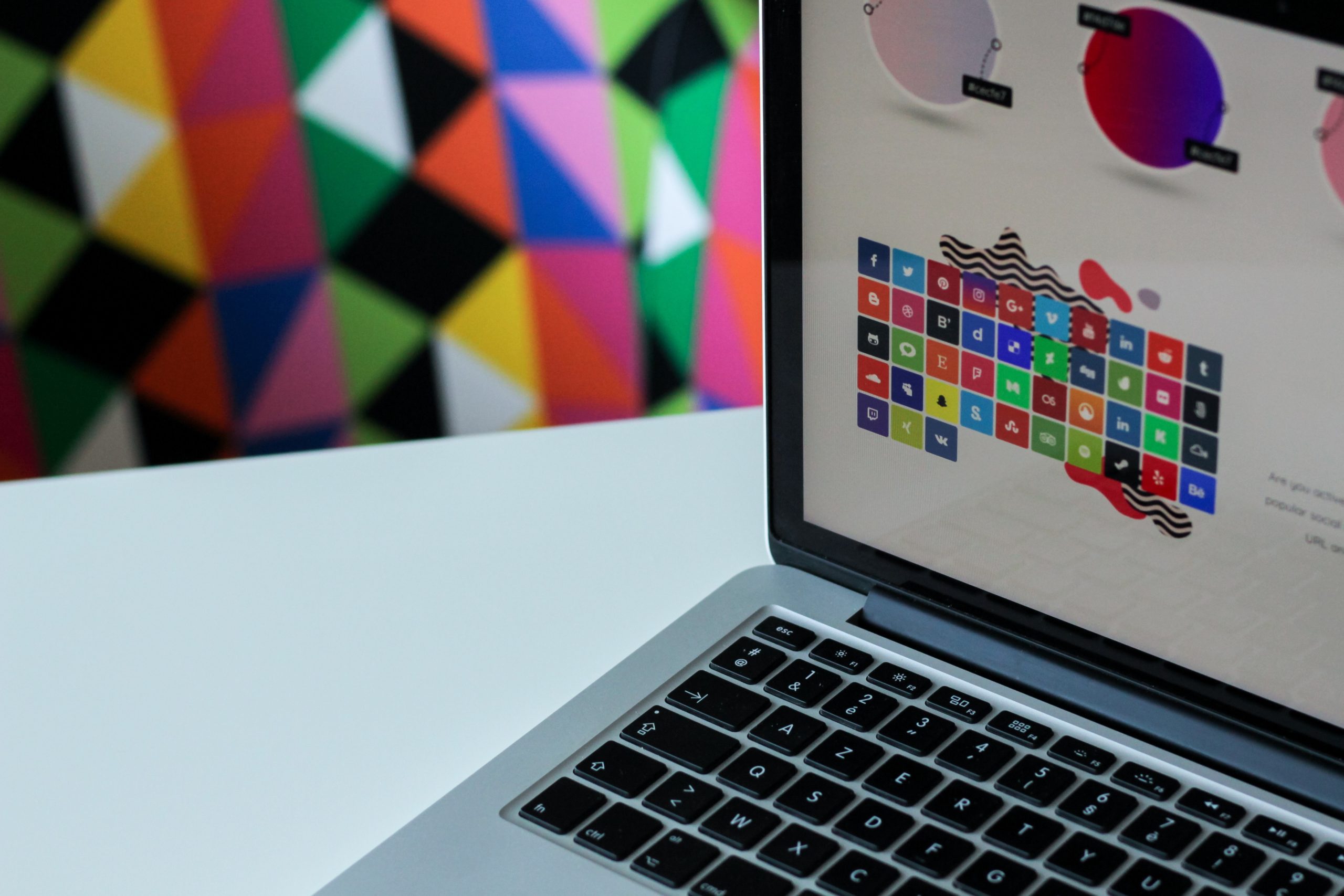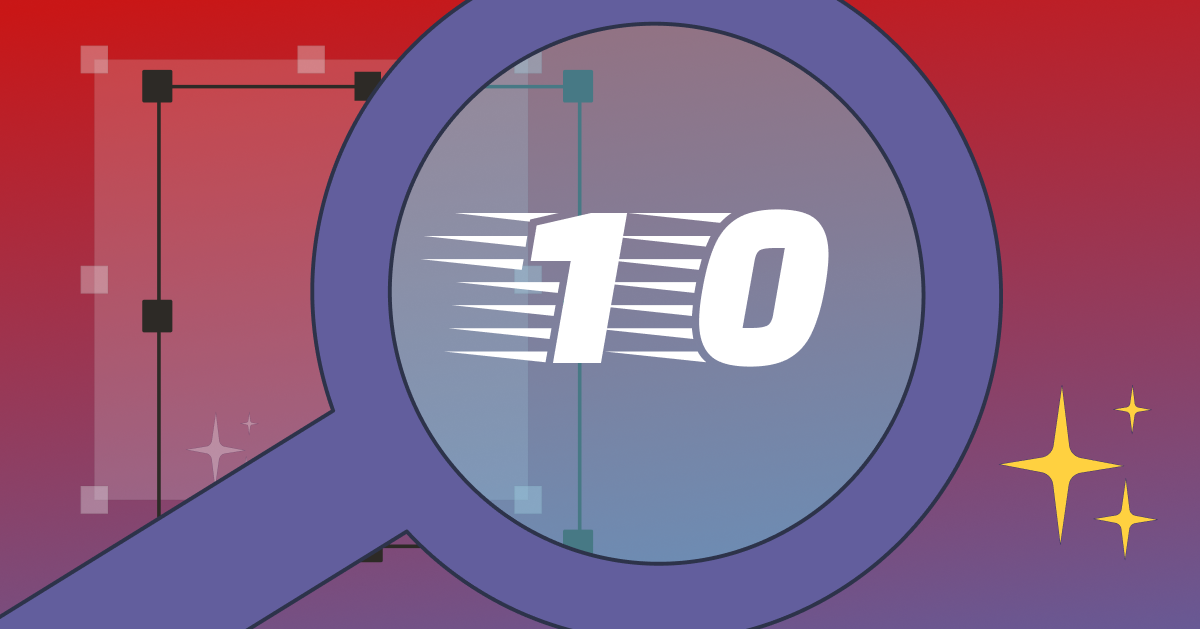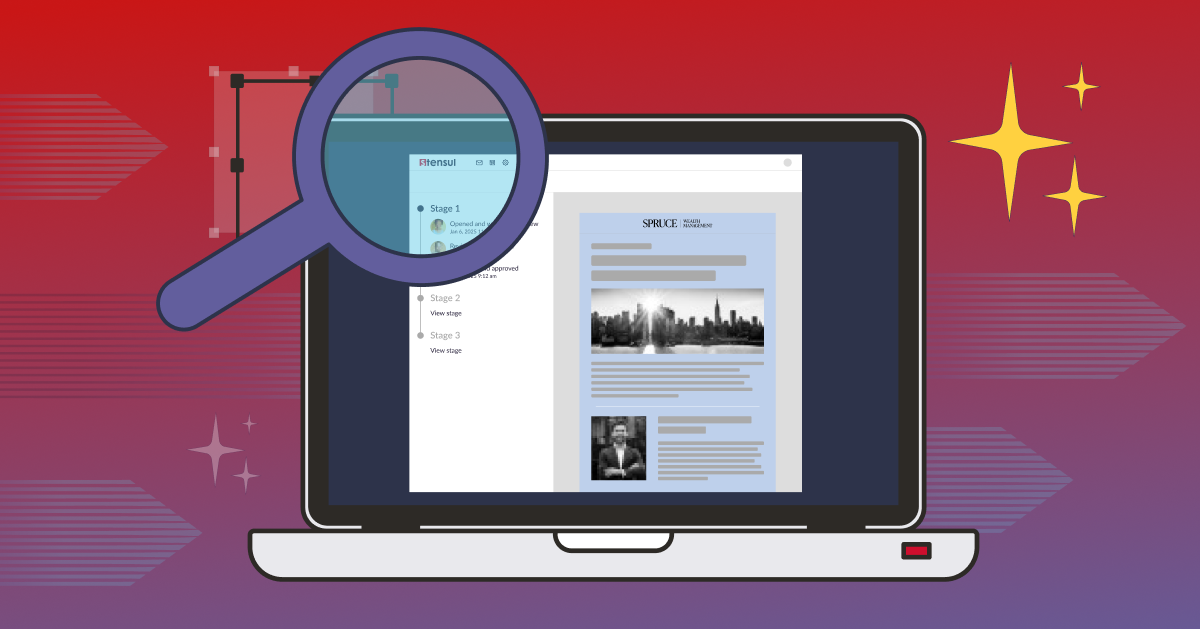In 1971, a junior ARPANET employee Raymond Tomlinson sent the very first email.
Since then, email has undergone huge changes in makeup, formatting, and design.
Below we’ll take a look at how email design has evolved over time as emails and technology have matured, and where we predict it will head next.
Email design history 101

Since the first spam email was sent in 1978 (Gary Thuerk saw an incredible $13 million in computer sales from the email, but gained the unfortunate title of the Father of Spam), email marketing has evolved considerably.
It wasn’t until 20 years later in 1998 that Outlook established support for HTML in emails, with other major email clients following within the next few years.
This was a huge step forward for email design, as previously marketers only had plain text to play with. As a result, plain-text emails were often very dense and text-heavy, providing a poor customer experience for subscribers.
With the introduction of HTML design, email marketers could finally provide compelling emails to customers with bright colors and eye-catching images.
In 2007, the rising popularity of the smartphone forced email developers and designers to keep mobile in mind when creating emails.
Unfortunately, Outlook decided this was the year that it would switch to a Microsoft Word-based rendering engine. That meant that HTML emails in Outlook used the very limited support for HTML and CSS that’s built into Microsoft Word.
Consequently, designers and developers deal with a variety of issues when generating emails for Outlook.
In 2015, mobile opens surpassed desktop opens, heralding a seismic shift in the way customers viewed and engaged with email marketing and demonstrated to designers that mobile-friendly and responsive email designs were now a necessity.
Gmail quickly followed suit in 2016 with the addition of an update that established support for media queries, allowing mobile-responsive emails to be displayed correctly in Gmail.
In a 2018 Litmus email trends report, mobile opens accounted for 46% of all email opens, while desktop opens only hit 18%.
Additionally, there’s a staggering 3.8 billion email accounts worldwide and 281 billion consumer and business emails are sent each day.
Given this ubiquity, it’s essential that today’s emails use the latest design elements and provide the best possible customer experience.
So what elements make up the modern email design that we know and love today?
The modern email design

Besides mobile responsiveness, email designs also have a bunch of bells and whistles that they didn’t have back in the day.
Dynamic content is a critical component of the modern email. This means that the content of an email can change depending on who is receiving the email.
This is usually determined by preferences or data that a user has already provided to you, like past purchases, location, interests, etc. Designers can play around with this personalization and provide compelling content to subscribers.
Video can also be incorporated into the modern email, though a lack of proper support and bandwidth slowed adoption initially. However, Apple’s iOS 10 now supports embedded videos in email, so we can expect to see more videos popping up in emails soon.
Additionally, the majority of email clients now support animated GIFs, allowing you to send those very important cat GIFs to your subscriber base.
We’ve also seen the incorporation of image-heavy designs, background images, full-color backgrounds, countdown timers, images with double resolution for retina display, and other elements.
It’s a brave new world out there for email marketers so don’t be afraid to play with your email designs and get creative.
The rise of the modules

One of the most important developments in the email marketing landscape is the rise of email modules and modular design.
Email modules are common sections of an email, like a header, body copy, and CTA button (among many others), that are preconfigured, designed, and coded so you can build a new email in minutes.
Previously, email marketers just relied on email templates to try and reduce the manual processes and constant back and forth that was required to build a single enterprise email.
Think of it this way, an email template is a completed Lego set that can’t be broken down into smaller pieces.
By utilizing email modules, you can use your custom Lego pieces (i.e. modules) to generate as many Lego masterpieces as you want.
At stensul, we preconfigure your brand guidelines into our email generation platform and create modules that are custom to your brand aesthetic.
This allows marketers—without any technical knowledge—to easily generate on-brand, error-proof emails in minutes.
If you’d like to learn more about how stensul can transform the way you generate emails, schedule your personalized demo now.




